
What is Radiated Emissions Testing?
emc testing Project - Radiated Emission (RE) Testing
radiated emission testing measures the electromagnetic interference (EMI) field strength that is radiated from an EUT (Equipment Under Test) into space. It can be divided into magnetic field radiation and electric field radiation. Magnetic field radiation applies mainly to lighting fixtures and induction cookers, while electric field radiation is more commonly used. Additionally, household appliances, power tools, and auxiliary equipment for AV products have requirements for power radiation (referRED to as "interference power").
Radiated Emission Testing Standards:
-Electric field radiation: CISPR32, CISPR11, CISPR14-1, CISPR15 (specific categories of toys).
-Magnetic field radiation: CISPR15 (lighting fixtures with operating current frequencies above 100Hz), CISPR11 (induction cookers).
-Interference power: CISPR14-1 (with some devices operating at frequencies not exceeding 9kHz).
Radiated Emission Testing Methods:
01. Radiated Emission Testing Instruments and Equipment:
-Electric field radiation: Receiver (below 1GHz), spectrum analyzer (above 1GHz), anechoic chamber, antennas (for below 1GHz, usually a combination of biconical and log-periodic antennas, or broadband composite antennas; above 1GHz, horn antennas).
-Magnetic field radiation: Receiver, tri-loop antennas or small loop far-field antennas.
-Interference power: Receiver, power absorption clamp.
The receiver must comply with CISPR16-1-1, antennas and test sites must follow CISPR16-1-4, and the power absorption clamp must adhere to CISPR16-1-3.
02. Radiated Emission Test Setup:
-Electric field radiation: The setup can be either tabletop or floor-standing. Since the resULts of radiated emission tests are closely related to the arrangement of the product, it is necessary to follow the standards strictly, including the layout of the product, auxiliary equipment, and all cables.
-Magnetic field radiation: Different sizes of tri-loop antennas have limitations on the maximum size of the EUT they can test. For example, with a 2-meter diameter tri-loop antenna, an EUT with a length of less than 1.6m can be placed at the center of the antenna for testing. In CISPR11, for induction cookers exceeding 1.6m in length, a 0.6-meter diameter single-loop far-field antenna should be used to measure at 3 meters, with a minimum height of 1 meter.
-Interference power: The setup can be tabletop or floor-standing. For tabletop devices, they should be placed on a 0.8-meter non-metallic table, at least 0.8 meters away from other metallic objects. For floor-standing devices, they should be placed on a 0.1-meter non-metallic support. The cables under test (LUT) should be placed on a 0.8-meter high, 6-meter long power absorption clamp rail, with the clamp around the cable and the current transformer end facing the EUT. If there are other cables on the EUT, they should be disconnected, if possible, or isolated using ferrite clamps if they cannot be disconnected.
03. Radiated Emission Testing Frequency Ranges:
-Electric field radiation generally ranges from 30MHz to 1GHz (some products may require testing beyond 1GHz, depending on specific standards).
-Magnetic field radiation ranges from 9kHz to 30MHz.
-Interference power ranges from 30MHz to 300MHz.
04. Radiated Emission Testing Limits:
The limits vary depending on the standard, the size of the test site (3m, 10m, or other sizes), and the classification of the product (Group 1/2, Class A/B).
05. Radiated Emission Testing Procedure:
-30MHz-1GHz Electric field radiation: Conducted in a semi-anechoic chamber. The EUT rotates 360 degrees on a turntable, and the antenna is raised and lowered between 1-4 meters in height to find the maximum emission. The results are expressed using the QP (quasi-peak) value. Measurements are made for both vertical and horizontal polarization directions of the antenna.
-Electric field radiation above 1GHz: For ITE devices with operating frequencies above 108MHz and ISM devices above 400MHz, testing is conducted in a 3-meter test site using a spectrum analyzer. The test method is similar to that for 30MHz-1GHz, and results are typically expressed as Peak and Average values. For ISM devices, testing is conducted in a full anechoic chamber, with the antenna positioned at the same height as the product, without vertical movement, and the turntable still rotating to locate the maximum emission.
-Substitution method: ERP (Effective Radiated Power) is used to replace the field strength value, which is often used in RF testing but rarely in standard EMC testing. The goal of the substitution method is to measure the radiation from the EUT's enclosure. All removable cables must be detached, and non-removable cables must be isolated using ferrite magnetic rings. First, the maximum interference value from the EUT is measured with Antenna A and the receiver, then Antenna B is used to substitute the EUT, adjusting the signal generator's output power until the receiver measures the same value. The input power of Antenna B is recorded as the EUT's enclosure radiation power. The antenna selection depends on the test frequency.
-Magnetic field radiation: When testing with a tri-loop antenna, the EUT is placed in the center of the antenna, and measurements are made in the X, Y, and Z directions. For small loop antennas, the antenna is placed vertically, with its lowest point 1 meter above the ground. Since this is near-field measurement, the reflection of the ground is considered, and the measurement reflects the horizontal and vertical magnetic field components of the EUT.
-Interference power: Cables longer than 25cm (including auxiliary equipment cables) must be measured. Since interference at different frequencies in the 30-300MHz range will be distributed in a standing wave pattern along the cables, the power absorption clamp needs to be moved along the guide rail to find the position where the maximum interference power occurs (typically at a distance equal to half the wavelength from the device).
Radiated Emission Test Result Determination:
Test results are compared to the limit values. If the result is below the limit, it is considered PASS; if it exceeds the limit, it is considered FAIL.
Radiated Emission Test Considerations:
- Test setup is the most crucial aspect of the test. Also, because this is a high-frequency test, the test site, equipment, and other factors can all influence the final results.
Radiated Emission Test Range: 30MHz-18GHz
- For radiated emission testing of communication cabinets, due to the large number of communication cables, each communication cable may act as an antenna. Therefore, shielding of the communication cables is critical. Communication cabinets generally use shielded enclosures, with power interface filters and proper grounding of the entire cabinet being essential.
Email:hello@jjrlab.com
Write your message here and send it to us
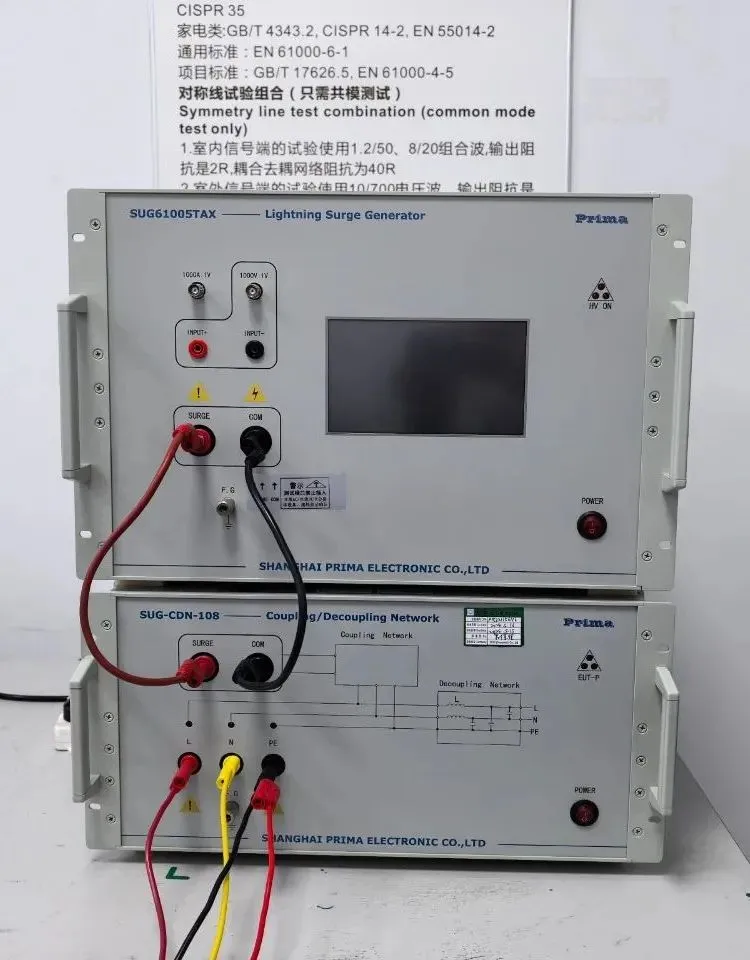 What Are the Testing Items of California Propositi
What Are the Testing Items of California Propositi
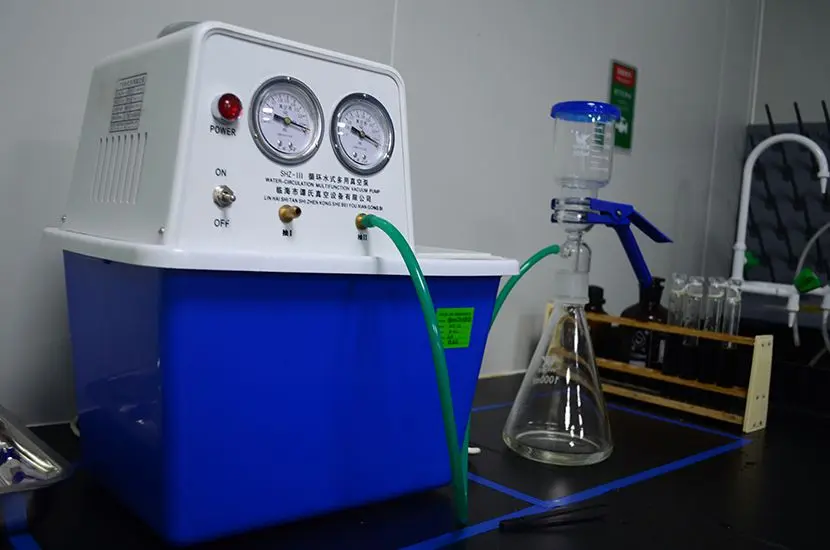 E-Cigarette EU TPD Testing
E-Cigarette EU TPD Testing
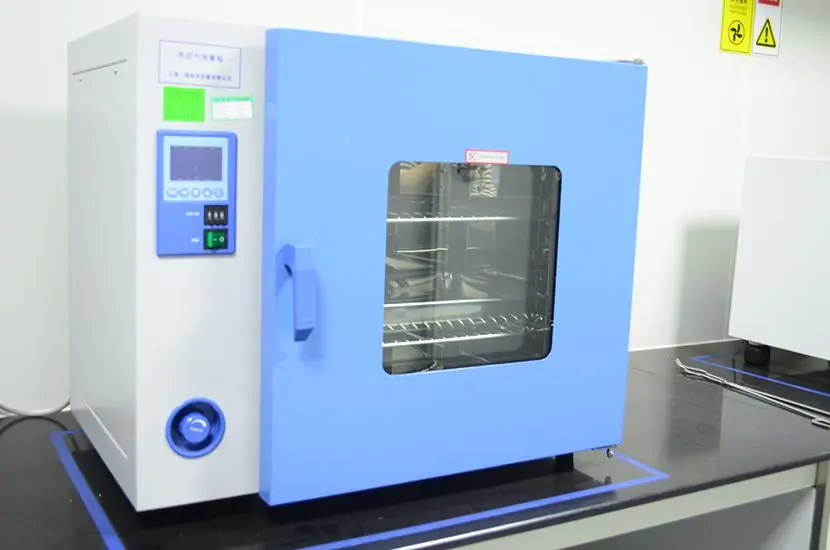 Testing Certification for E-cigarettes Exported to
Testing Certification for E-cigarettes Exported to
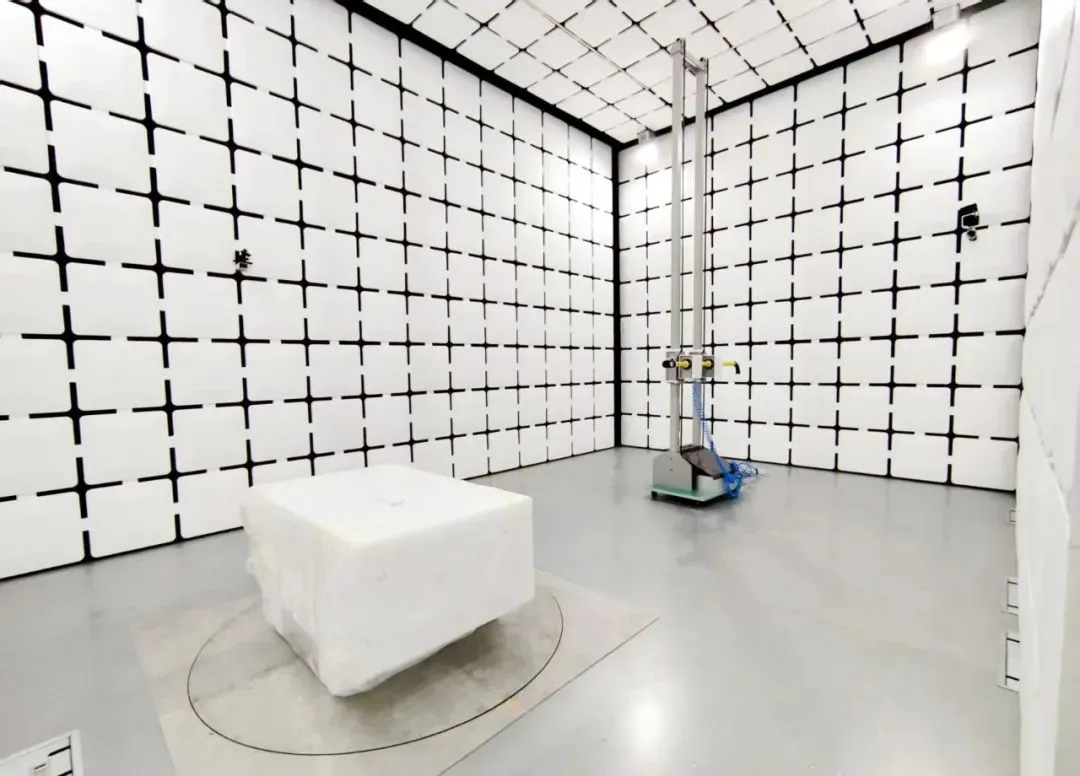 What is Amazon US CPC Certification?
What is Amazon US CPC Certification?
 UK Toy Safety Regulation Standard EN 71-13
UK Toy Safety Regulation Standard EN 71-13
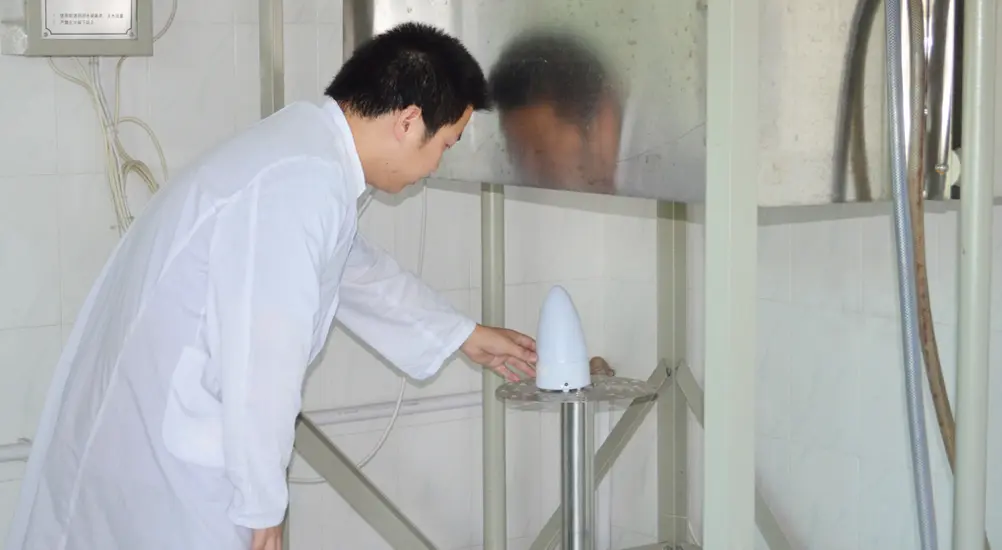 What is EU UFI Registration?
What is EU UFI Registration?
 EU UFI Registration for E-cigarette E-liquid
EU UFI Registration for E-cigarette E-liquid
 How to get the MSDS Report for Electronic Cigarett
How to get the MSDS Report for Electronic Cigarett
Leave us a message
24-hour online customer service at any time to respond, so that you worry!




